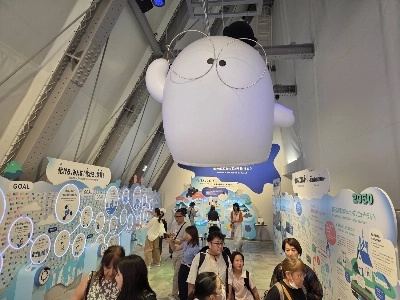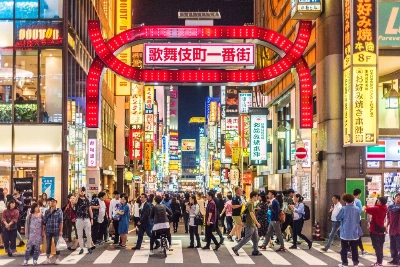The years have been kind to the Plaza Accord. The high point of post-World War II financial diplomacy, the deal sought to jolt foreign-exchange markets and engineer a weaker dollar — within limits.
Despite many pretenders in the years since, few agreements have come close. Legitimate critiques of the contemporary greenback-centered world notwithstanding, suggestions that such a grand bargain could be replicated today are wide of the mark. Plaza was in a class of its own.
The pact among finance ministers and central bankers on Sept. 22, 1985, at the iconic Manhattan hotel, which was bought by Donald Trump a few years later, was remarkable for its forthrightness. And for the commitment of the players. Japan bore the brunt of the wrenching adjustments to follow and the document would become an occasional point of contention in the blame game over the country’s Lost Decades. The yen rallied from around ¥240 per dollar in the weeks before the meeting to the vicinity of ¥145 within two years, a massive appreciation that took a toll on manufacturers.


















With your current subscription plan you can comment on stories. However, before writing your first comment, please create a display name in the Profile section of your subscriber account page.